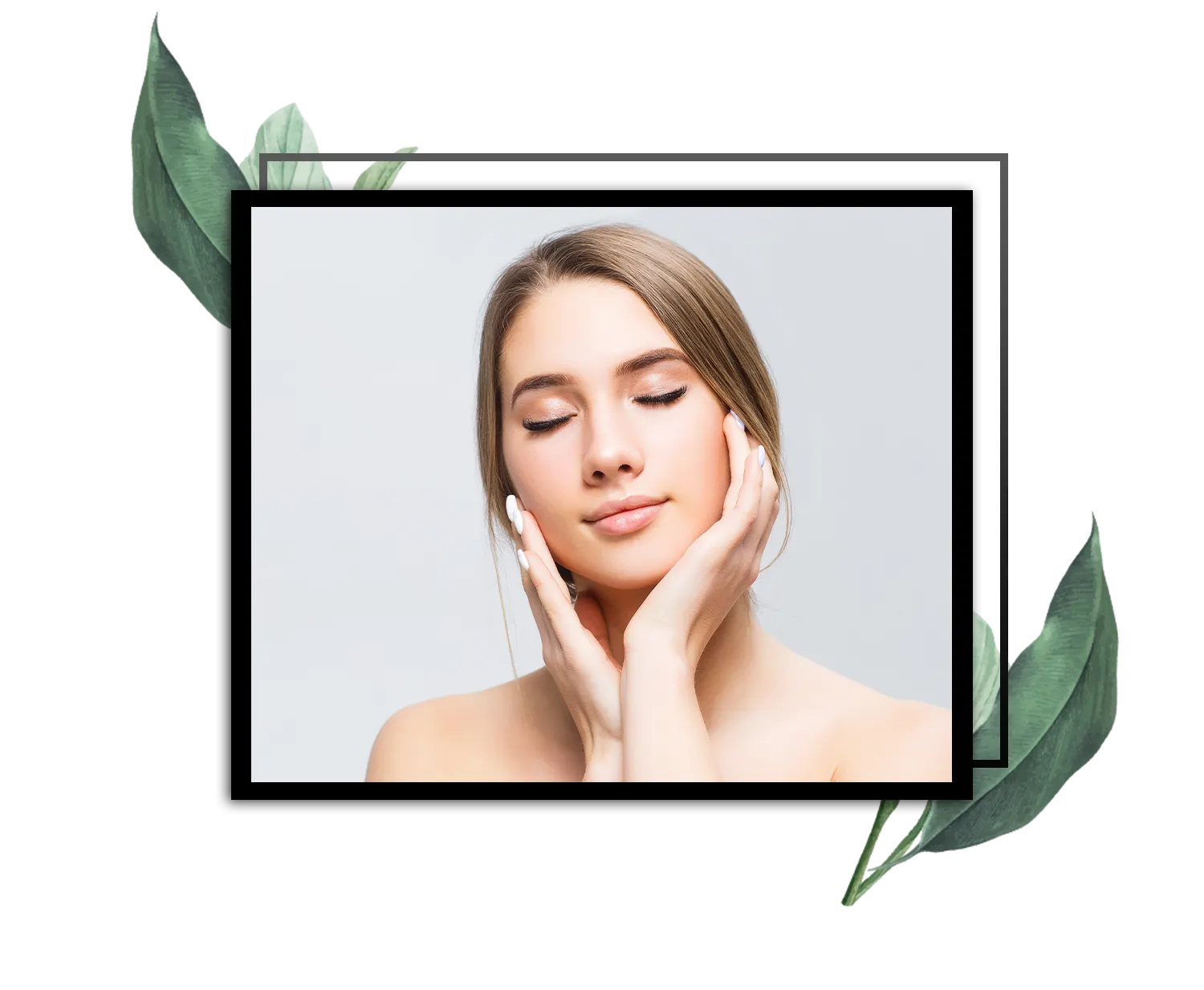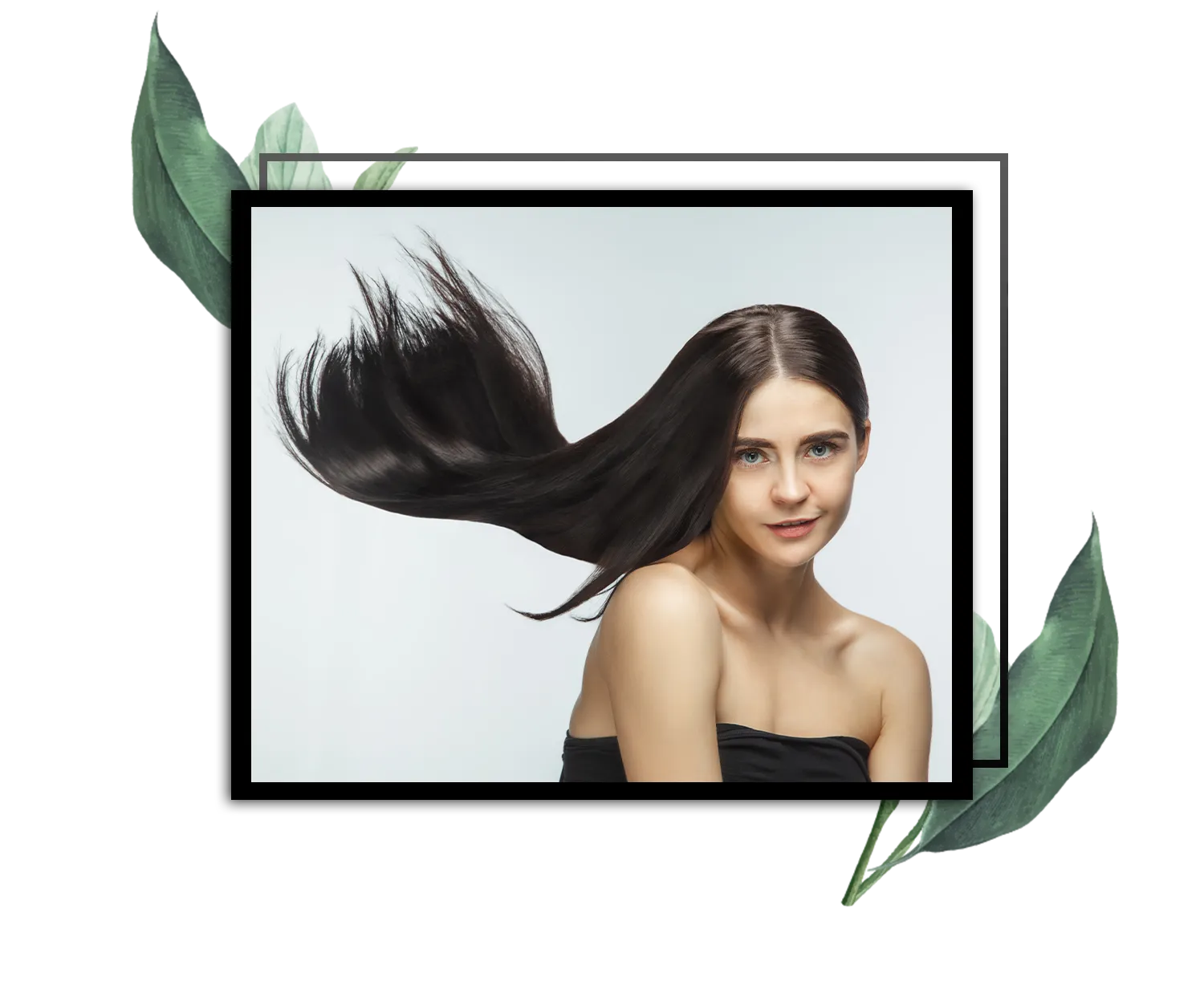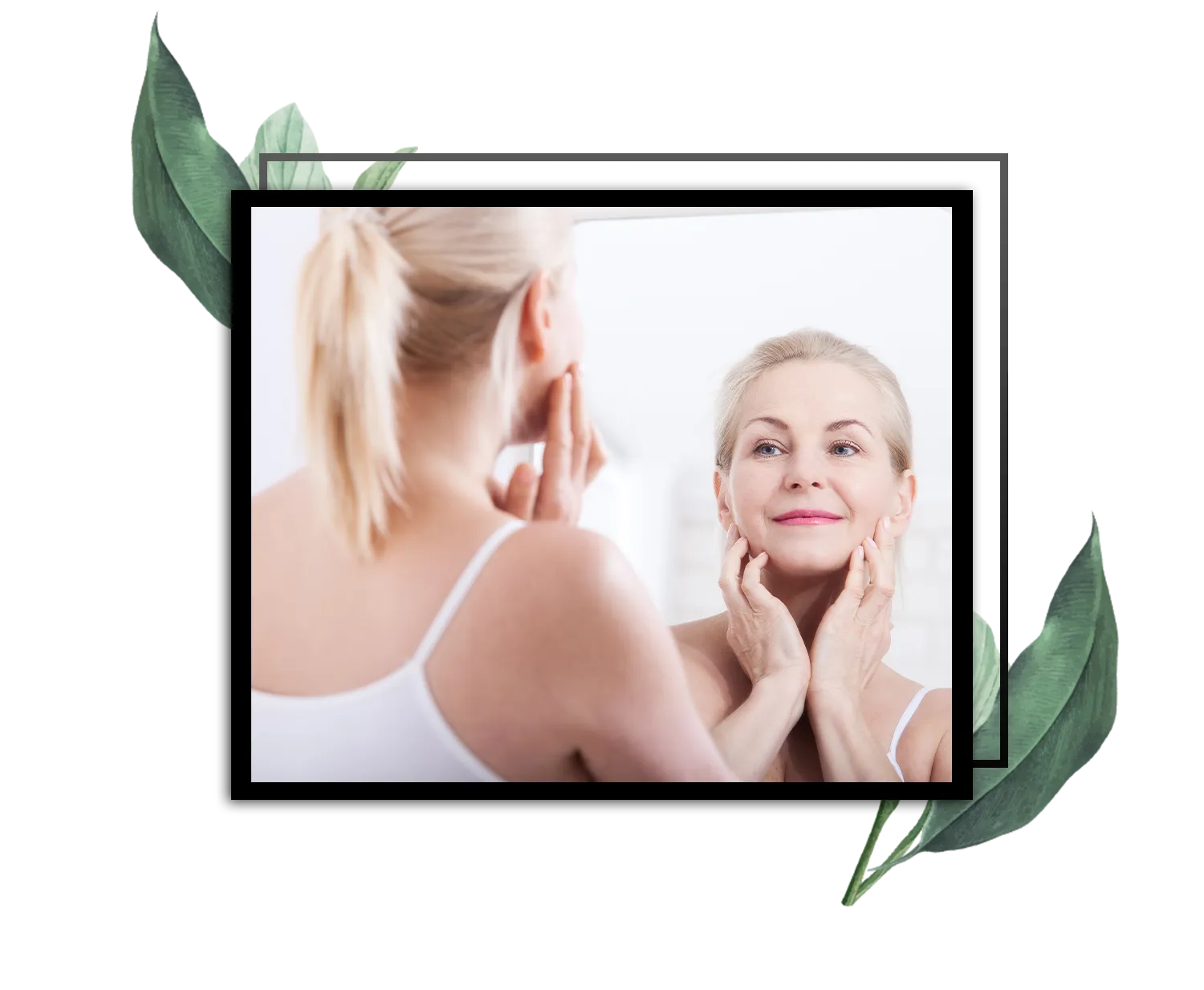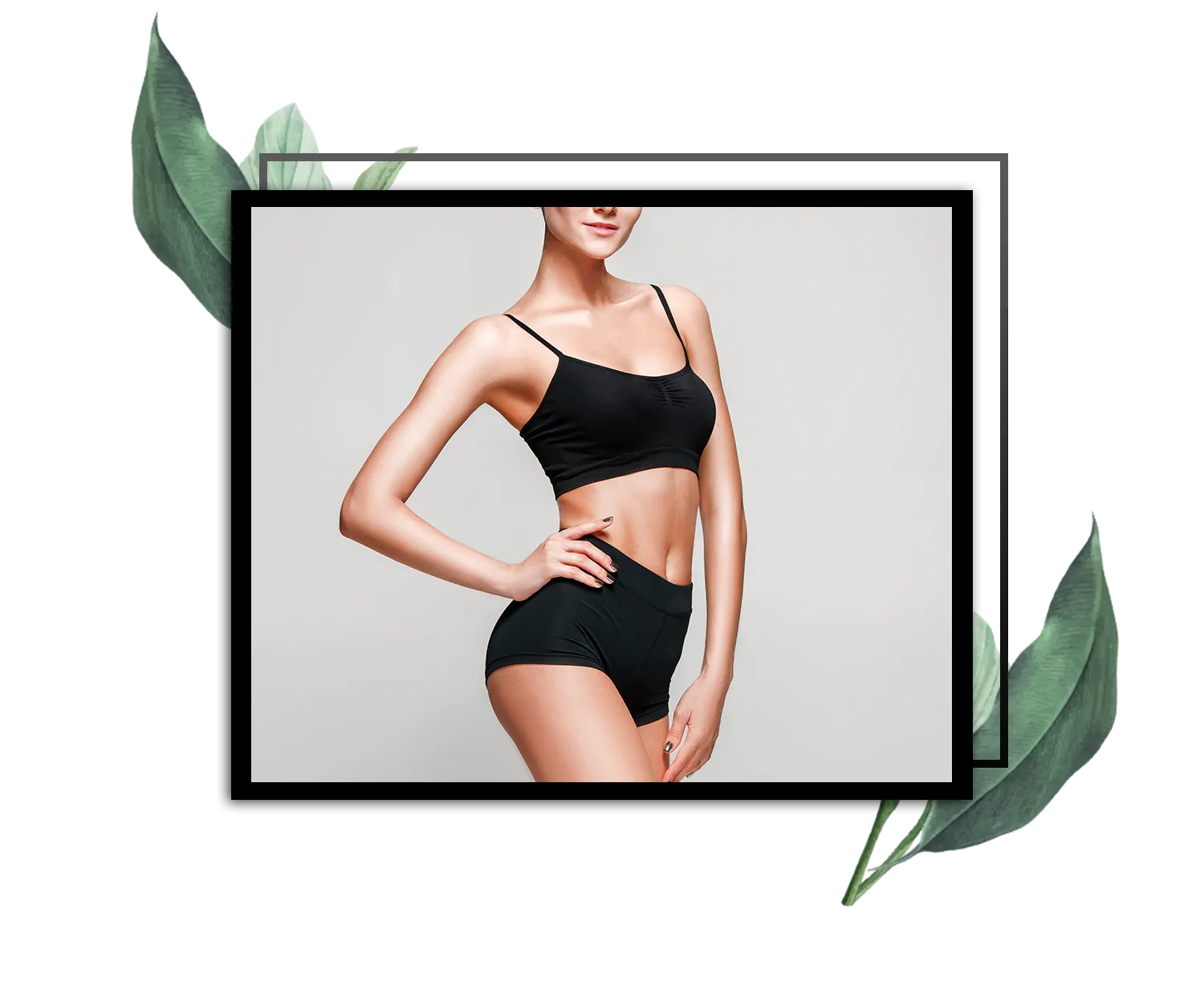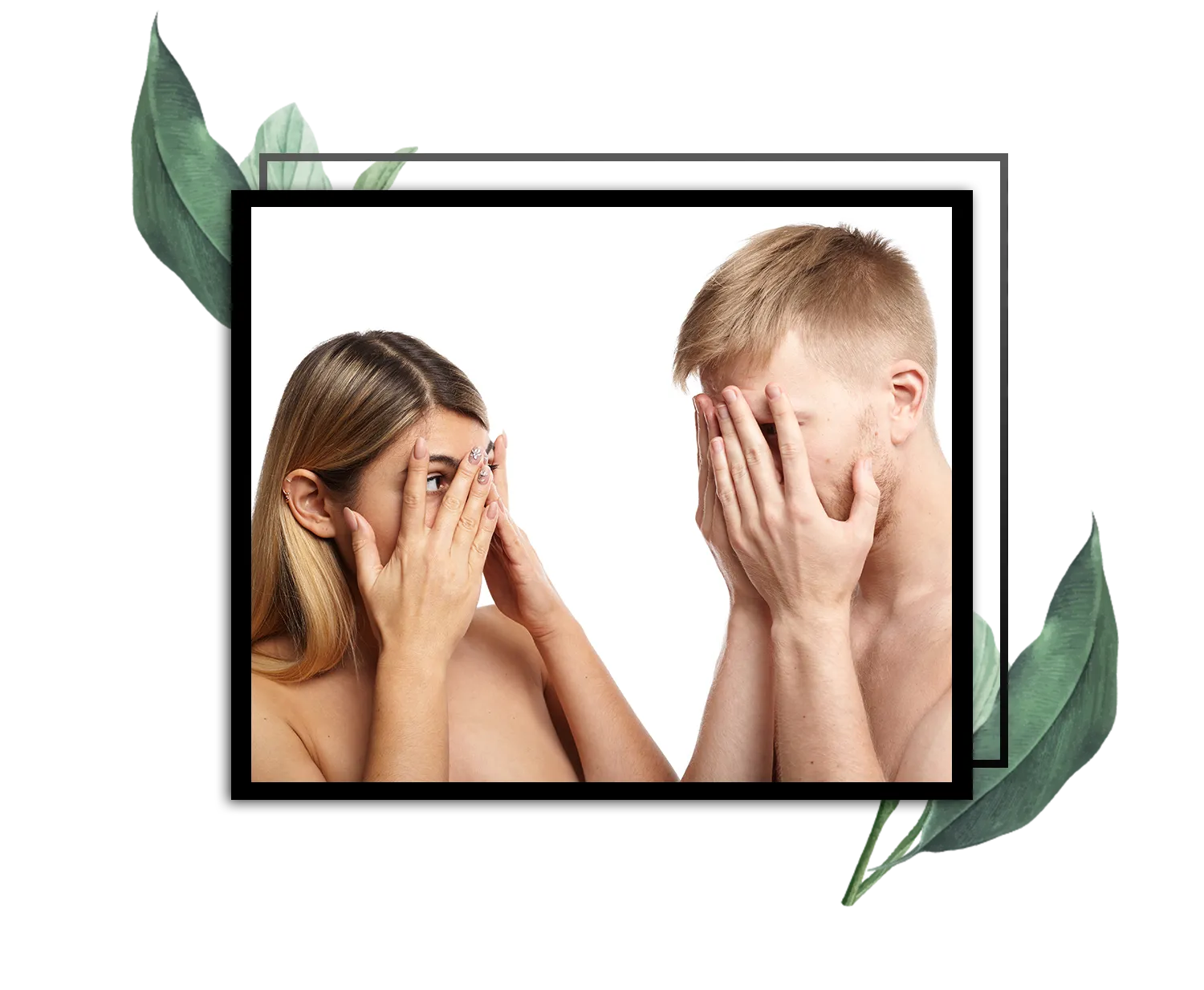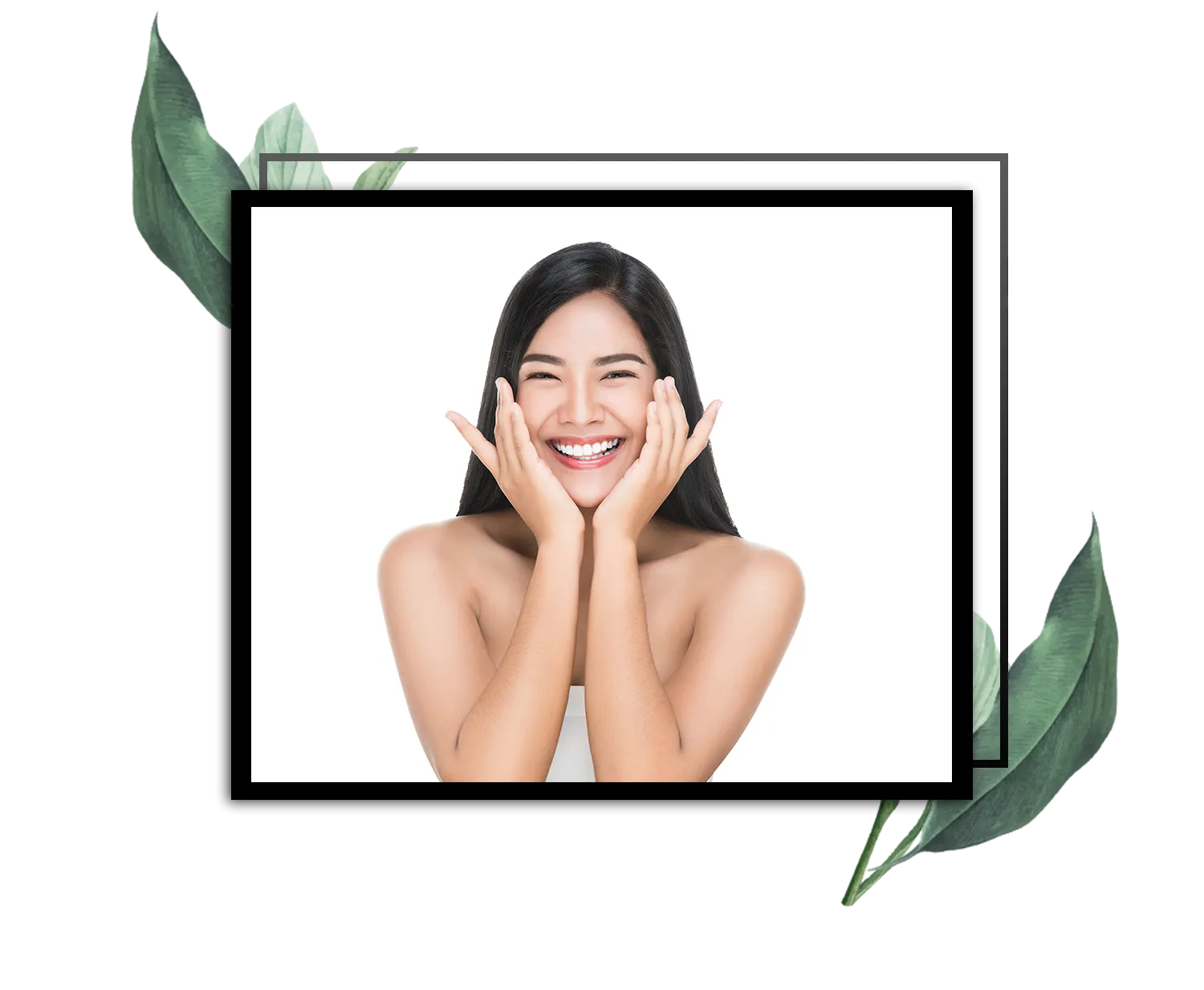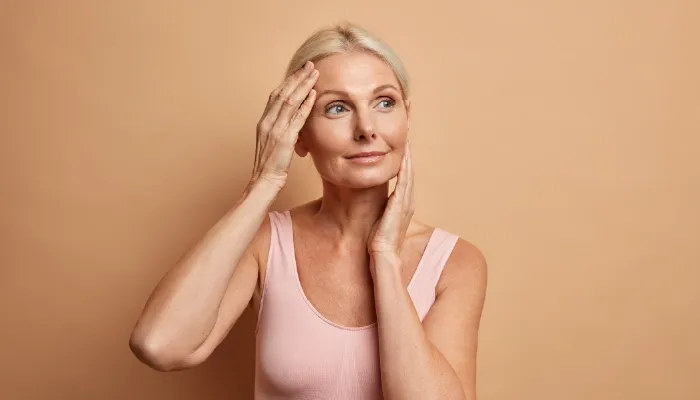- Sun, skin disorders, aging and even heredity can all contribute to skin irregularities on the face and elsewhere on the body. These include textural irregularities like wrinkles and acne scars, pigmentation changes like freckles, sunspots or visible blood vessels. In addition, skin may lose tone, feel less firm and lose the healthy glow that is evident in younger skin.
- Different treatment modalities are available to treat the different aspects of skin damage: Laser resurfacing chemical peels and injectable products can improve the appearance of fine lines and wrinkles of the entire face or those that develop in specific regions of the face, such as the upper lip and around the eyes. These treatments can also be used to address pigmentation disorders, such as sun and age spots, and they can be used to improve the appearance of acne scars or other skin conditions. The specific type of treatment that will best address your concerns are determined after a consultation with your board-certified plastic surgeon. Most skin treatments require a series of treatments and a multi-modality approach to achieving excellent results. Most importantly, the patient must be committed to protecting his or her skin going forward so that the results achieved will be longer lasting.
- The following are some examples of skin rejuvenation and resurfacing treatment methods: Laser and Intense Pulse Light (IPL) Treatments – used to remove discoloration and/or tighten sagging skin – Chemical Peels – various acid peels used in different combinations to remove damaged outer skin layers, Ablative Laser Treatments (Fractional, CO2 Lasers) – remove outer layers of skin to smooth lines and wrinkles, Non-Ablative Treatments (Microdermabrasion, Microneedling, Light Acid Peels) – minimally invasive sanding methods to treat light scarring and discolorations, Dermal Fillers – injectable compounds to improve skin contouring, Botulinum Toxin Type A Treatments – blocks nerve contraction to relax wrinkles, Spider Vein Treatment (Sclerotherapy) – injections to collapse unsightly surface veins.
- Conditions that can be treated with skin rejuvenation and resurfacing. Every patient is unique and will exhibit different combinations of genetic and environmental signs of aging that impact their skin. There are multiple ways to treat many of these issues, and those treatment methods should be planned and discussed with your board-certified plastic surgeon based on your specific situation and desires.
- The following are some of the conditions that different skin rejuvenation approaches can address: Static wrinkles: These wrinkles are visible at all times and do not change in appearance with facial movements, – Dynamic wrinkles: These are expression lines that may appear as folds when the skin is not moving, and deepen with facial movements or expressions, Pigmentation: Freckles, sun spots, or other darkened patches of skin result mainly from sun exposure, – Scars: As the result of acne or injury to the skin, scars may be rolling (a wavy appearance to the skin), pitted, discolored, or have raised borders, – Vascular conditions: Blood vessels visible on the surface of the skin, vascular lesions that appear as tiny blood-filled blisters or even a constant flush of facial redness. Loss of skin tone: Weakening of the supportive skin structures (collagen and elastin fibers) that result in a loss of skin firmness or the development of cellulite, Dull skin: Skin that has lost the vibrant glow from a buildup of dead skin cells and clogged pore.
- There are two main types of skin rejuvenation treatment. The first involves removing dead or tired skin cells, such as skin peels, microdermabrasion and microneedling. These treatments disrupt the top layer of skin cells and encourage the skin to revitalise and become stronger and healthier. The second type of skin rejuvenation treatment is minimally invasive, such as anti-ageing injections, and allow the skin to appear plumper and fuller by reducing the appearance of wrinkles or loss of facial volume.
- A thread lift is a minimally invasive, rejuvenating treatment that uses specialised surgical threads to lift sagging skin and give a tighter, more youthful appearance. The threads are inserted into the subcutaneous tissue, which is 5mm underneath the skin’s surface, and boast a special patented design. The effect of a thread lift is two-fold: first, you will see an instant 1-2cm lift created by the threads, and then six to eight weeks after your treatment you’ll benefit from a rejuvenating effect due to an increased production of collagen. The threads are completely biodegradable and will be safely absorbed by the body over ten to eleven months.
- Cheek fillers (also known as HA fillers or dermal fillers) are a safe and effective way to add volume loss, lifting the cheeks for a defined look. At sk:n we use Juvederm® or Sculptra™ which are both very popular high-quality products. Cheek fillers have minimal side effects, you may experience some bruising or swelling which usually goes down very quickly.
- Lip fillers deliver almost immediate results (within 48 hours) by enhancing the lips’ natural shape and plumpness by using a medically developed solution, which is injected into the lips. A lip filler, which contains hyaluronic acid; a naturally occurring substance that retains moisture and can help the skin to look plumper. It also has a fluid consistency that ensures your lips stay soft and natural looking.
- +60 12-636 0170
- info@klinikfinesse.com

